With enthusiasm, let’s navigate through the intriguing topic related to quick dry paint. Let’s weave interesting information and offer fresh perspectives to the readers.
Introduction
Hey there, aspiring artists! I’m your friendly neighborhood drawing teacher, here to help you unleash your inner creativity and explore the wonderful world of drawing. Whether you’re a complete beginner or have some experience, we’ll embark on a fun and engaging journey together.
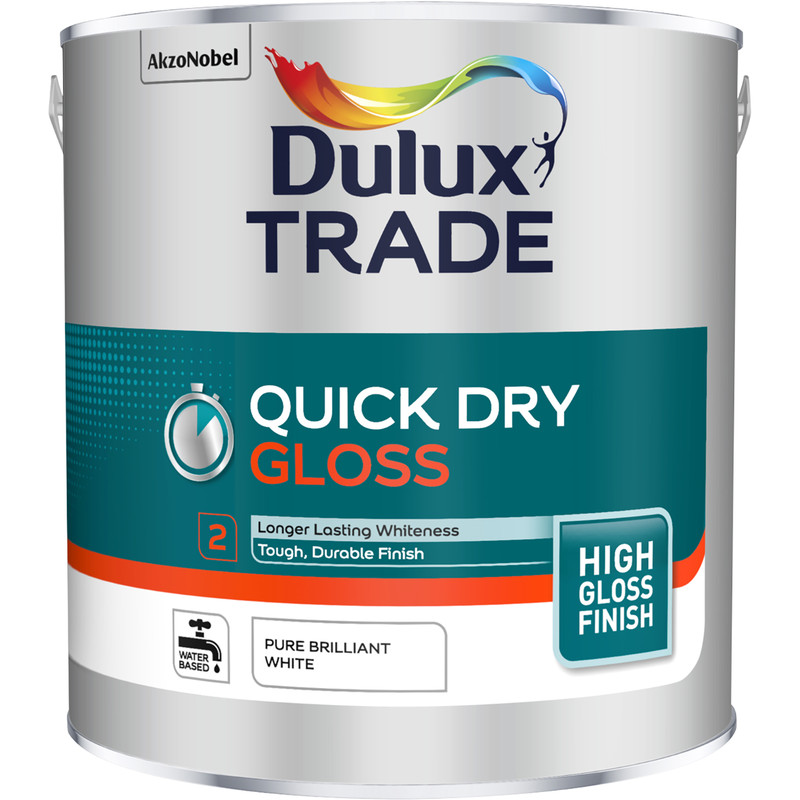
Before we dive into the specifics of drawing, let’s talk about why drawing is so beneficial for kids like you. Drawing isn’t just about creating beautiful pictures; it’s a powerful tool for:
- Boosting Creativity: Drawing lets your imagination run wild! You can create anything you can dream of, from fantastical creatures to exciting adventures.
- Developing Fine Motor Skills: Holding a pencil and making precise movements helps strengthen your hand-eye coordination and fine motor skills. These skills are essential for writing, playing instruments, and many other activities.
- Improving Problem-Solving Skills: When you draw, you’re constantly making decisions about shapes, sizes, and colors. This helps you think critically and solve problems in a creative way.
- Expressing Emotions: Drawing can be a fantastic outlet for expressing your feelings, whether it’s joy, sadness, or anger. It’s a safe and healthy way to process your emotions.
- Building Confidence: Seeing your own creations come to life can boost your confidence and self-esteem.
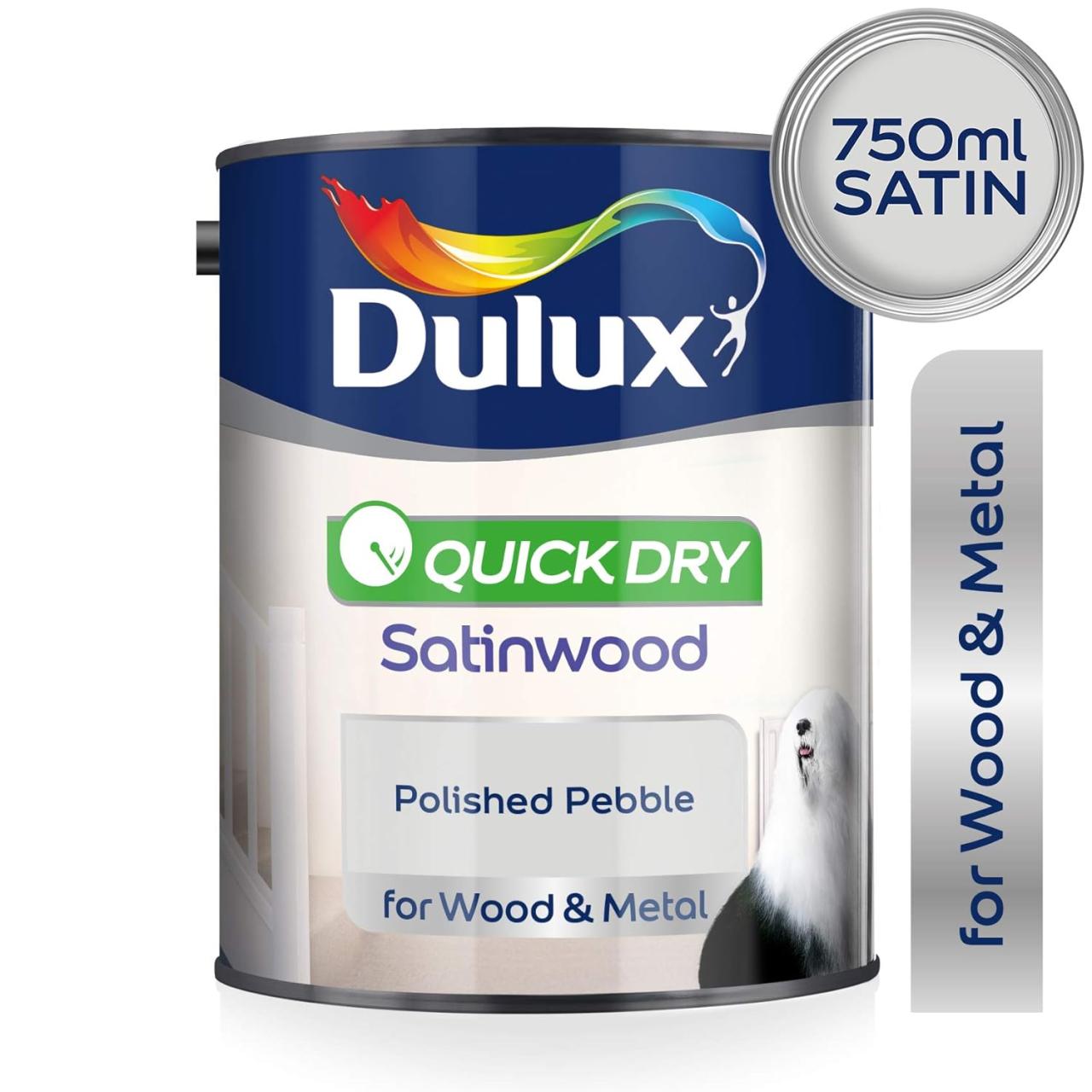
Now, let’s get into the fun part: learning how to draw!
1. Mastering the Basics

- Line Control: Drawing starts with lines. Practice making different types of lines: straight, curved, wavy, thick, thin, and dotted. Experiment with different pressures on your pencil to create different line weights.
- Shapes: Learn to draw basic shapes like circles, squares, triangles, and rectangles. These are the building blocks for more complex drawings.
- Shading: Shading adds depth and dimension to your drawings. Use different pressures on your pencil to create light and dark areas. Practice shading simple shapes like spheres and cubes.

2. Let’s Get Creative
- Observing the World: Look around you! Everything you see can be a source of inspiration. Draw objects from your surroundings, like a flower, a toy, or a piece of fruit.
- Imagination Station: Don’t be afraid to let your imagination run wild! Draw fantastical creatures, imaginary landscapes, or anything that comes to mind.
- Drawing from Reference: Use pictures as inspiration. Look at photos or illustrations and try to recreate them in your own style.
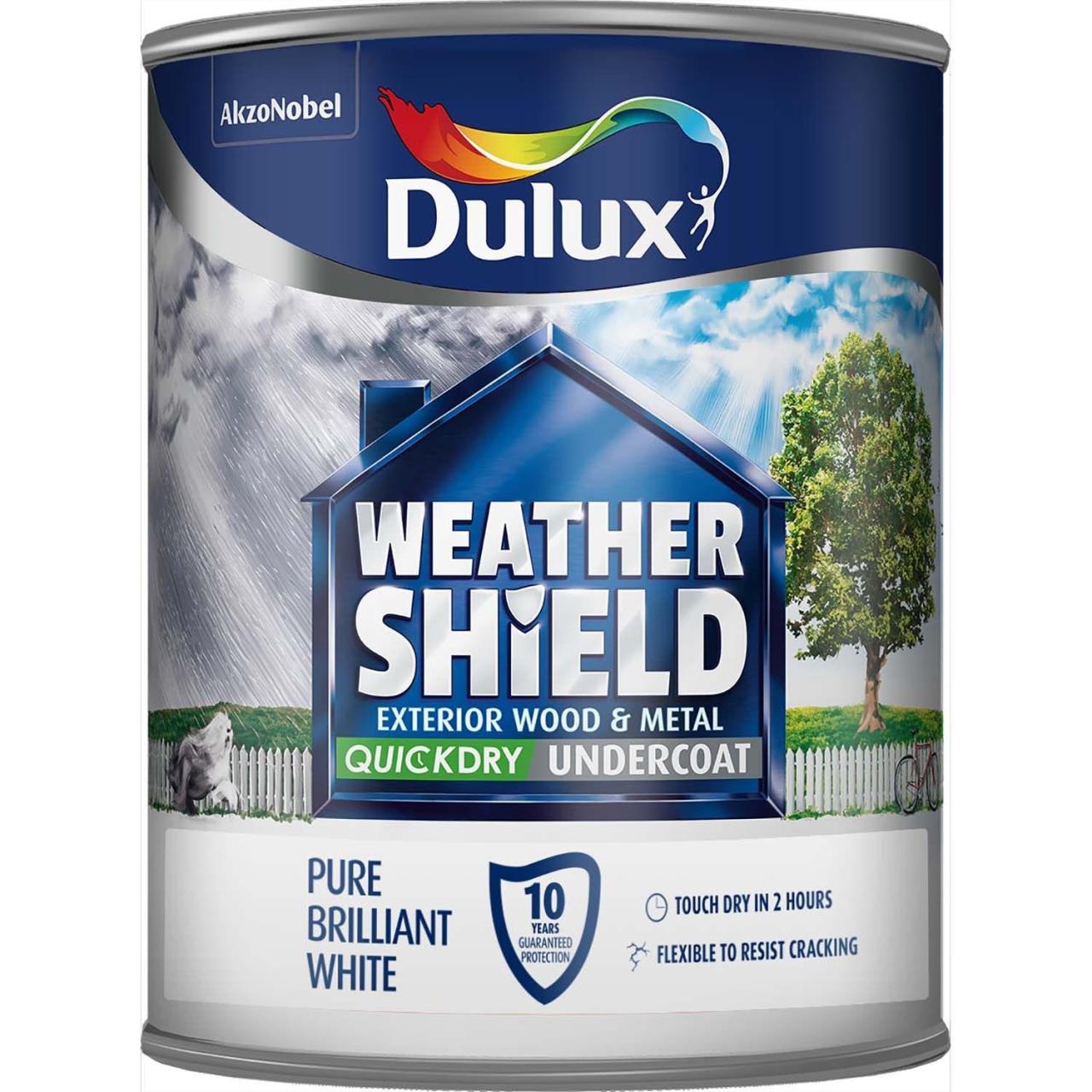
3. Adding Color and Texture
- Coloring Tools: Explore different coloring tools like crayons, markers, colored pencils, and paints. Experiment with different colors and techniques to find what you enjoy most.
- Blending and Layering: Create smooth transitions between colors by blending them together. You can also layer colors on top of each other to create depth and richness.
- Textures: Use different tools and techniques to create different textures. You can use a rough pencil to create a textured effect, or you can use a soft brush to create a smooth surface.
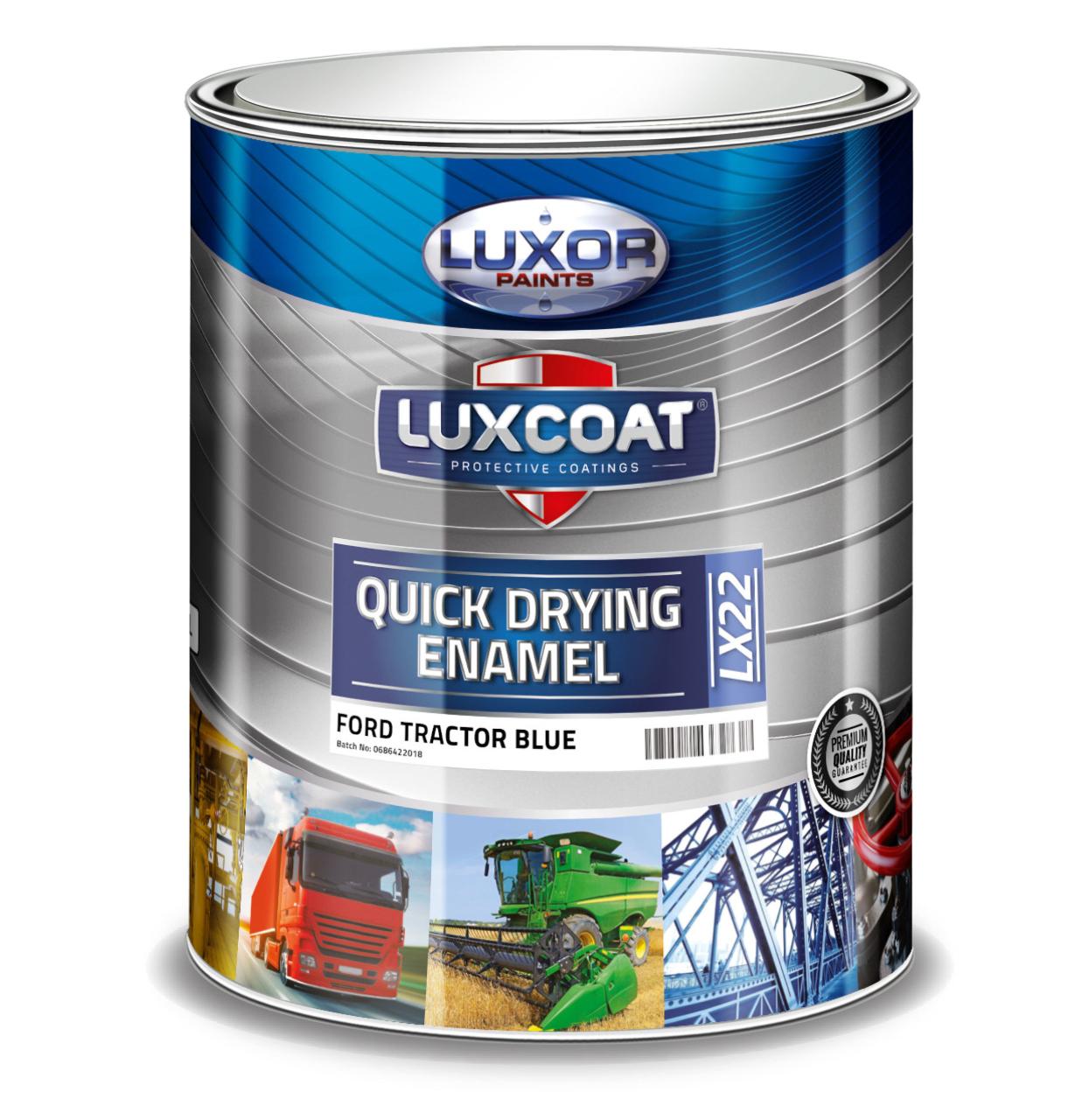
FAQs
1. What are some good drawing tools for beginners?
That’s a great question! For beginners, I recommend starting with a basic pencil set (HB, 2B, 4B), a good eraser, and a drawing pad. As you progress, you can explore other tools like colored pencils, markers, or even charcoal.
2. How often should I practice drawing?
The more you practice, the better you’ll become! Aim for at least 15-30 minutes of drawing every day. Even short bursts of practice can make a big difference.
3. What if I don’t think I’m good at drawing?
Don’t worry! Everyone starts somewhere. The most important thing is to enjoy the process and have fun. Remember, practice makes progress.
4. What are some good resources for learning to draw?
There are many great resources available! You can find online tutorials, drawing books, and even YouTube channels dedicated to teaching drawing.
5. How can I find inspiration for my drawings?
Inspiration is everywhere! Look around you, explore nature, read books, watch movies, listen to music, or visit museums.
Remember, drawing is a journey, not a destination. Be patient with yourself, embrace your mistakes, and have fun along the way! I’m here to support you every step of the way. Now, grab your pencils and let’s get creative!
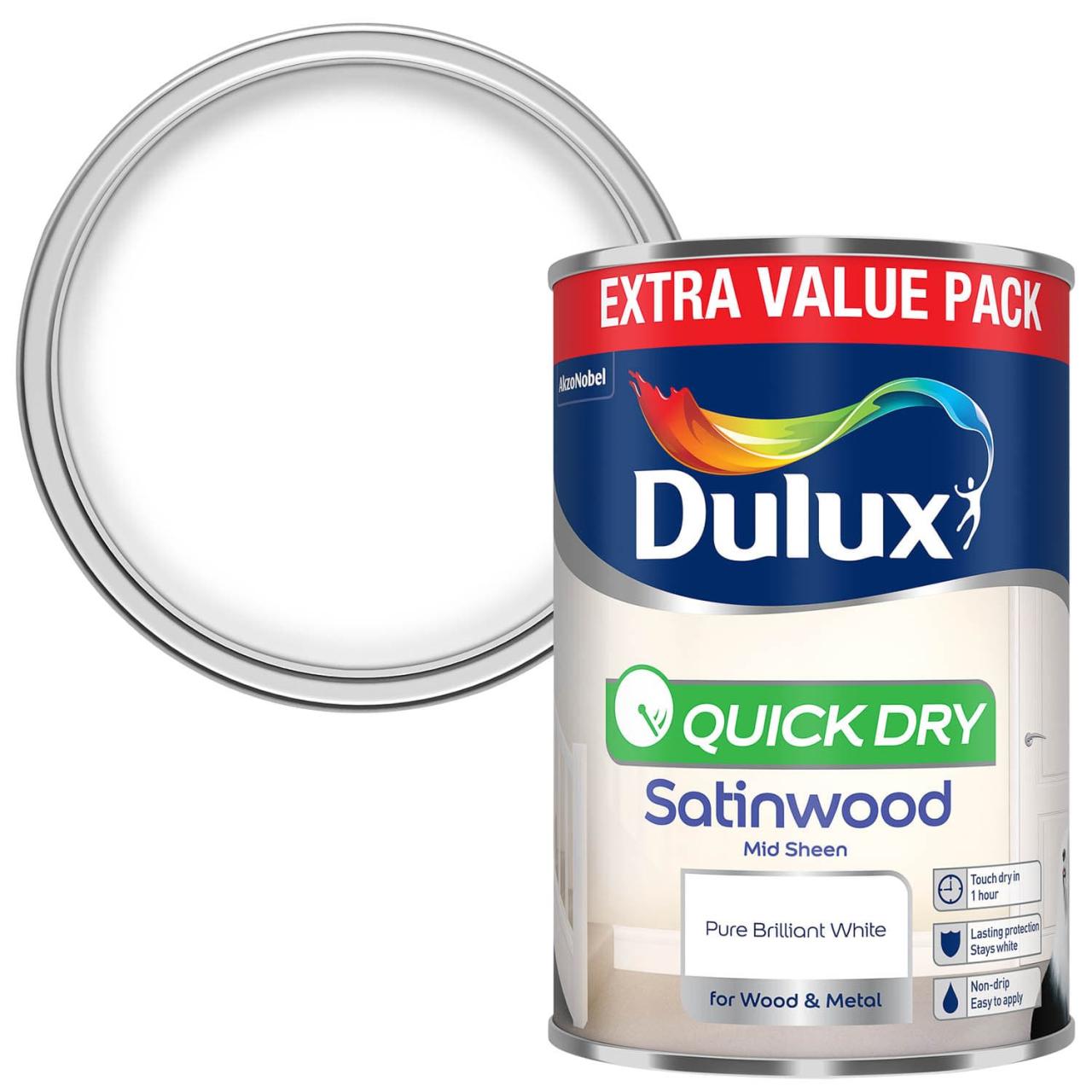
Thus, we hope this article has provided valuable insights into Downloads quick dry paint. We thank you for taking the time to read this article. See you in our next article!
 apapunada.my.id News Bisnis Technology Tutorial
apapunada.my.id News Bisnis Technology Tutorial